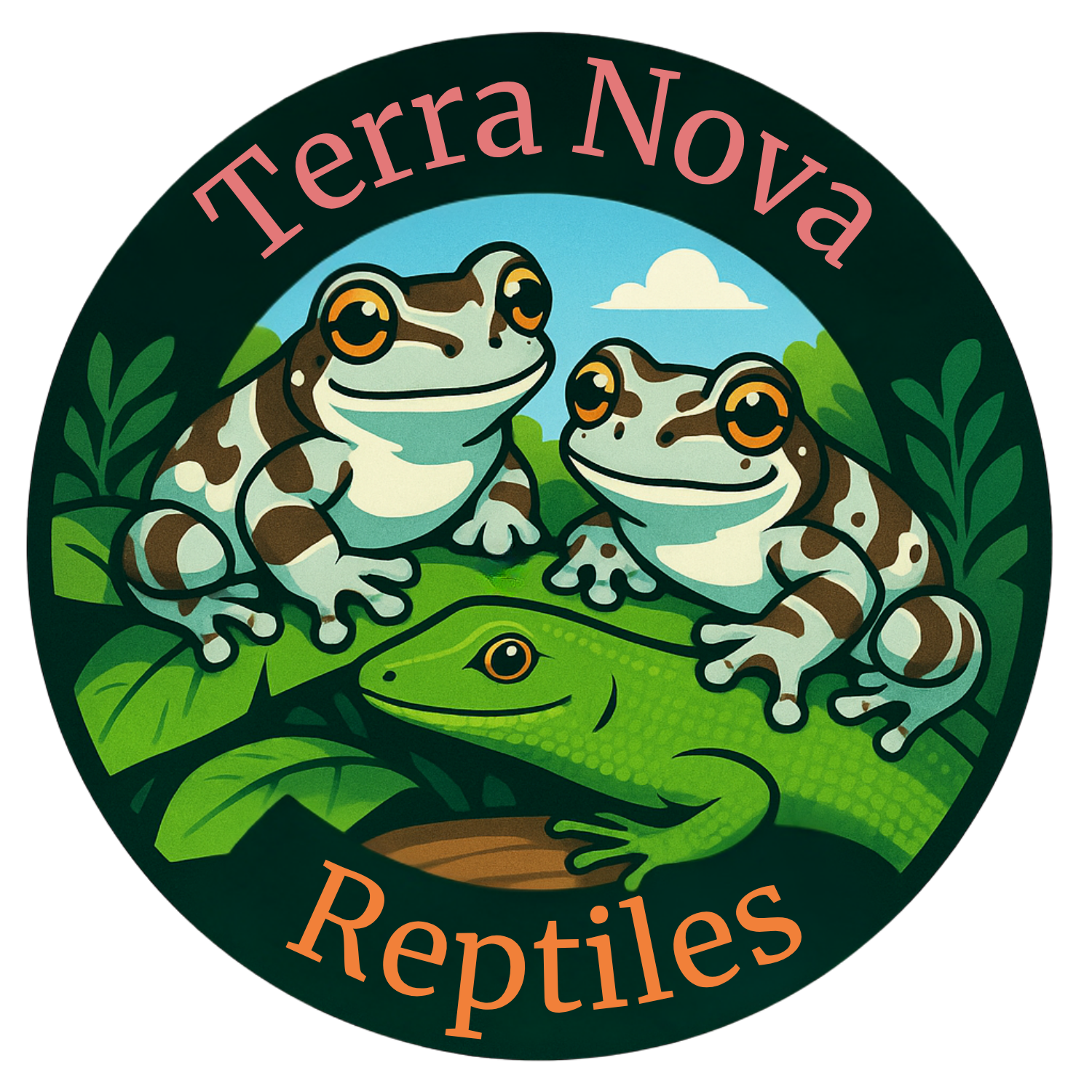Bioactive Habitat Design
What Is a Bioactive Habitat?
A bioactive habitat is a type of naturalistic enclosure designed to mimic an animal’s natural environment by incorporating a living, self-sustaining ecosystem. Unlike traditional setups that rely on frequent deep cleaning and artificial decor, bioactive enclosures use live plants, natural substrates, and beneficial invertebrates (like isopods and springtails) to help maintain cleanliness and ecological balance. The result is a healthier, more enriching environment for reptiles, amphibians, and invertebrates—and a more visually appealing setup for keepers.
Key Components of a Bioactive Habitat:
Drainage Layer
Usually made from hydroballs, LECA (lightweight expanded clay aggregate), or lava rock, this bottom layer helps prevent water from stagnating in the soil, which could lead to mold and root rot.Barrier Layer
A mesh or screen layer separates the drainage material from the substrate, allowing water to drain while keeping the soil intact.Substrate Layer
A mix of organic soil, coconut fiber, sand, and other natural materials creates a nutrient-rich base for plant growth and supports microfauna. The substrate should match the needs of the species housed—e.g., tropical for rainforest species, arid for desert dwellers.Live Plants
Plants not only add to the natural look but also help regulate humidity, oxygenate the air, and provide cover and enrichment for the animal. Choosing sturdy, non-toxic species is important for safety.Clean-Up Crew (CUC)
Microfauna such as springtails, isopods, and sometimes worms act as decomposers. They break down waste, uneaten food, and decaying plant matter, reducing the need for deep cleanings and helping maintain soil health.Hardscape
Natural materials like cork bark, branches, leaf litter, rocks, and mosses provide climbing opportunities, hiding spots, and a more stimulating environment.
Benefits of a Bioactive Habitat:
Improved Animal Welfare: Simulates natural behaviors like digging, climbing, and hunting.
Better Air and Humidity Regulation: Especially important for tropical species.
Reduced Maintenance: The clean-up crew takes care of waste and mold.
Aesthetically Pleasing: Creates a vibrant, living display that evolves over time.
Educational Value: Great for teaching about ecosystems, decomposition, and natural cycles.
Is It Right for Every Species?
Bioactive setups work exceptionally well for many tropical reptiles, amphibians, and invertebrates, such as dart frogs, crested geckos, Amazon milk frogs, and giant day geckos. They can also be adapted for some arid species with careful plant and substrate choices. However, they may not be suitable for species that produce large amounts of waste or require sterile environments, such as some snakes or animals under medical care.
Creating a successful bioactive habitat requires planning and patience, but the result is a thriving miniature ecosystem that supports the health of your animal and reduces long-term maintenance—while looking absolutely stunning.





